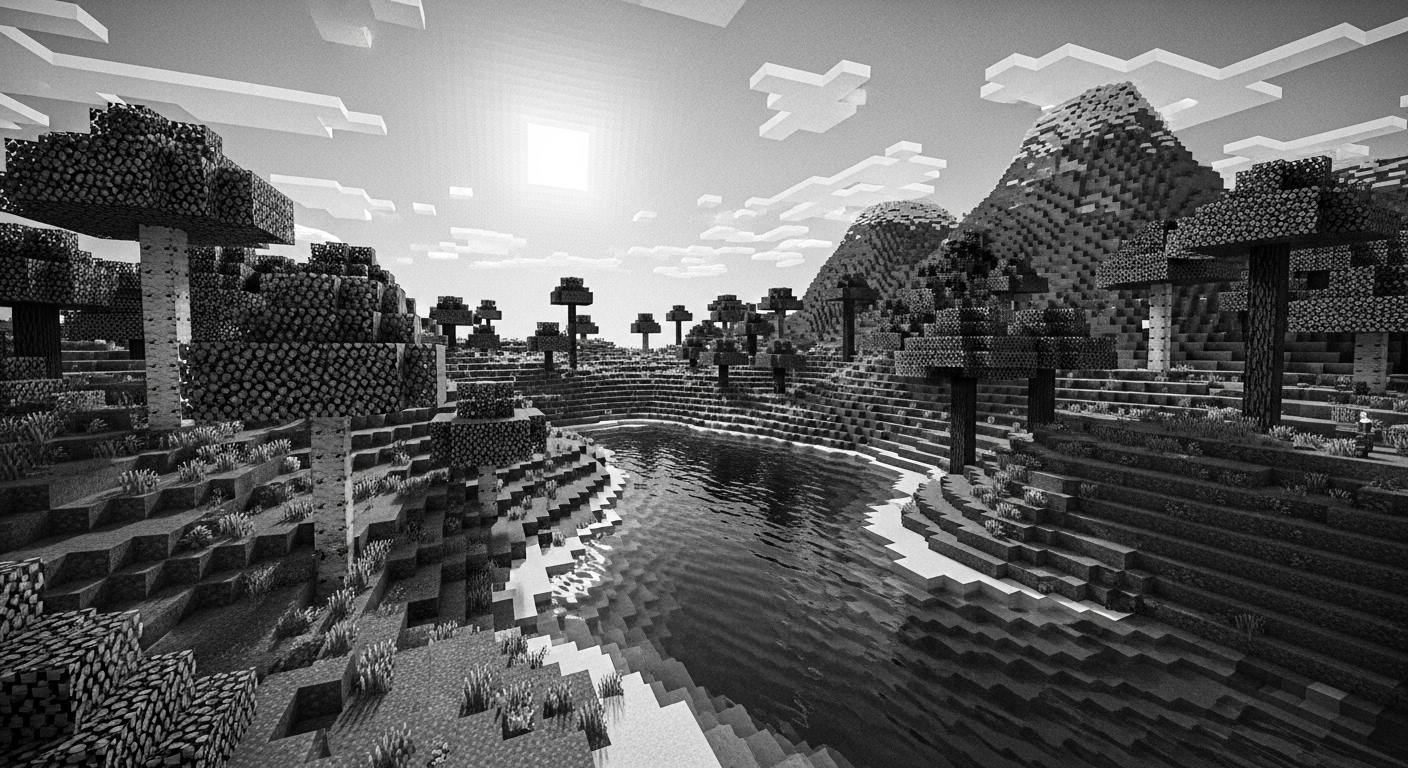What is the problem with todays' Minecraft Servers

For years, Minecraft has developed a huge fanbase and an immense, creative community. At its core, Minecraft is a single-player game, and Mojang’s focus seems to remain there while simultaneously promoting their proprietary server solution, Realms. This became apparent to me while researching the state of Minecraft servers; they hold a vast potential that could even rival platforms like Roblox. While the Minecraft community is mature and self-sufficient, Mojang’s business decisions appear to favor Realms, often at the expense of independent servers. This is a common strategy for a company focused on generating recurring revenue.
Lets meet minecraft’s dad
Markus Alexej Persson, also known as “Notch,” is a Swedish video game programmer and designer born on June 1, 1979, in Stockholm, Sweden. As the creator of Minecraft, his vision was centered on freedom to craft, play, and enjoy. This core principle is why the game remains so popular today. He sold the game and his company, Mojang, to Microsoft for $2.5 billion. Many developers in the community, myself included, believe that had he remained in control, he might have open-sourced the server software to make life easier for creators like us. For nearly a decade, we have been building innovative experiences on modded or reverse-engineered software.
Why?? Mojang??
Minecraft was famously released with a simple “purchase to play” business model, with no subscriptions. For a large corporation, this model presented a challenge for generating ongoing revenue. The introduction of Realms, a subscription-based server hosting service, was the solution. This has created a dynamic where hosting a community server means competing directly with Mojang. Mojang’s actions suggest an effort to protect this subscription model. Furthermore, Mojang’s End User License Agreement (EULA) has restricted how server owners can monetize their platforms, making it difficult to cover rising operational costs and stifling the growth of new and existing servers.
Still, Whats the problem?
The fundamental problem is awareness and discoverability. How can you play on a server if you don’t even know it exists? Minecraft did introduce an official server list website in partnership with GamerSafer, but it was never integrated into the game client or even the launcher. This leaves players where they have always been: searching the internet, wading through server lists, and often ending up on heavily bloated servers that can ruin the vanilla survival experience they were looking for. The lack of a centralized, in-game discovery tool makes finding a quality community server a significant chore.
The Solution
The solution requires a shift in Mojang’s approach to its community. An integrated server explorer, embedded directly in the game client or launcher, is essential. This would allow players to easily discover and filter servers that match their desired playstyle. Furthermore, Mojang should consider open-sourcing its server software and implementing more robust APIs for server integration. This would empower developers to innovate, create more stable experiences, and contribute to the health of the entire ecosystem.
Conclusion
The soul of Minecraft’s longevity is its creative and passionate community. For over a decade, independent servers have provided boundless, unique experiences that fueled the game’s growth into a global phenomenon. However, Mojang’s strategic pivot towards the closed, subscription-based model of Realms risks alienating the very ecosystem that built its multiplayer legacy. The decline in community server populations is a clear signal that a foundational pillar of Minecraft is weakening. By failing to provide modern tools for server discovery and keeping its software proprietary, Mojang is creating a fractured landscape where players struggle to connect and creators are stifled by limitations. To secure a vibrant future, Mojang must embrace a collaborative approach that champions both its own services and the community’s innovations, ensuring Minecraft’s legacy of freedom and creativity continues for the next generation.